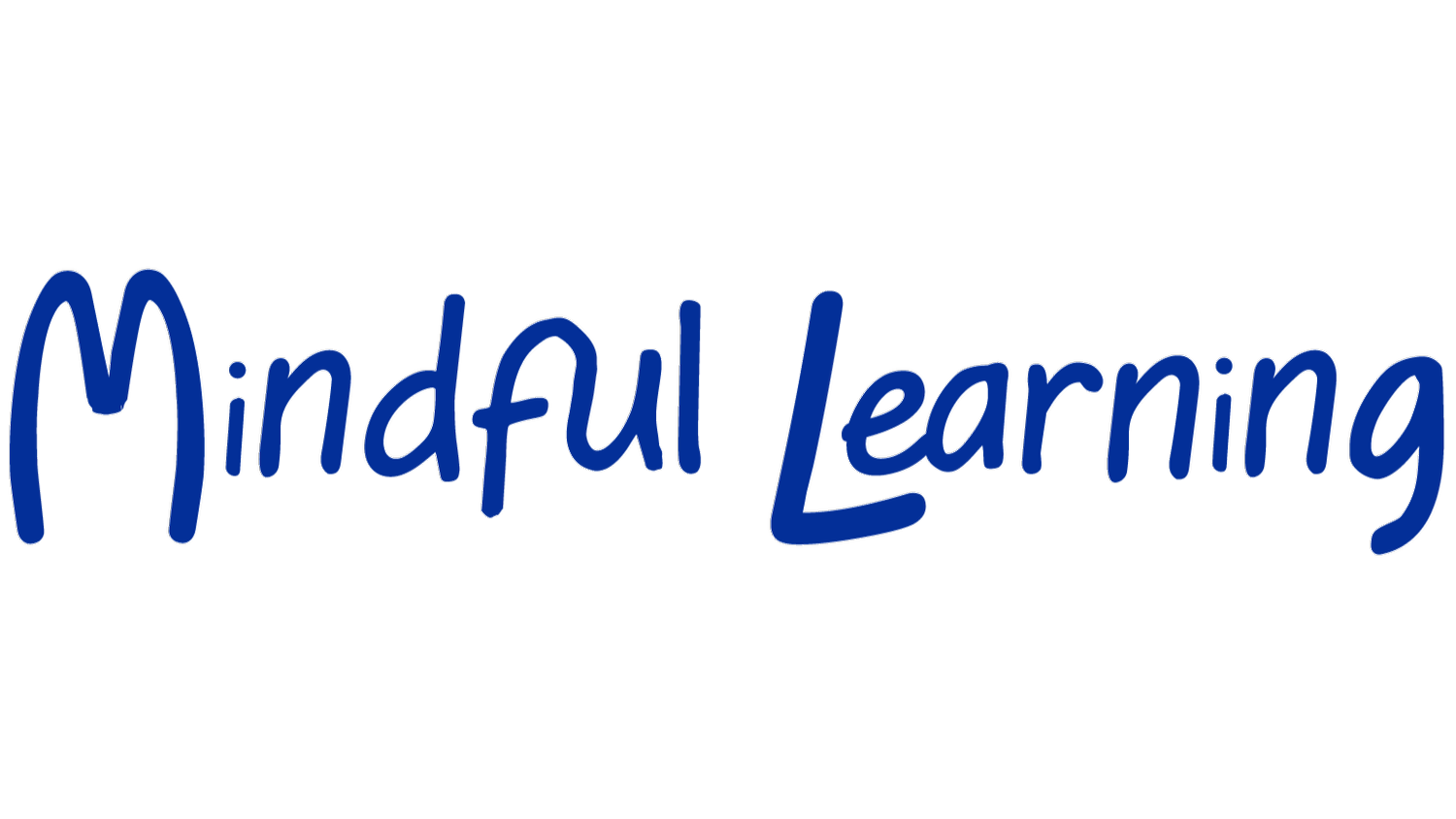Reading Comprehension Tools Every Parent Should Have
Help your child become a confident reader with simple, effective comprehension tools every parent should know. Dr. Annie at Mindful Learning Group shares practical routines, vocabulary strategies, and tutoring insights that make reading easier — and more enjoyable — at home.
Many children can read fluently but struggle to truly understand what they read. Comprehension is more than just decoding words — it’s about making connections, asking questions, and thinking deeply about meaning. Parents play a vital role in building these skills at home, especially when they know the right tools and techniques to make reading engaging and effective.
Mindful Questioning Tools
Asking the right questions can transform reading from passive to active learning. Open-ended questions invite children to analyze, predict, and infer rather than memorize.
Try questions like:
• “Why do you think the character did that?”
• “What clues helped you figure that out?”
• “How might this story have ended differently?”
Frameworks such as **Bloom’s Question Stems** and **Reciprocal Teaching** can guide parents in crafting higher-level comprehension questions that strengthen critical thinking.
Visual Mapping and Annotation Tools
Some children learn best by seeing their thoughts. Visual aids like **graphic organizers**, **story maps**, and **annotation tools** (such as Kami or Read&Write) help them organize key ideas.
When students highlight main ideas, draw story webs, or track cause-and-effect relationships, they begin to see structure and flow — essential for understanding complex texts.
Encourage children to create their own mind maps after reading a chapter or story. This simple practice builds both memory and analytical skill.
Summarizing and Reflection Tools
Summarizing requires students to determine what’s truly important — a core skill for comprehension.
At home, you can use verbal strategies like **Think–Pair–Share** or **retelling rubrics** where your child explains what happened and why it mattered. For written reflection, encourage journaling or use creative tools like **StoryJumper** and **Google Docs** to help them put their understanding into words.
Reflection not only reinforces comprehension but also builds confidence in self-expression.
Mindful Reading Apps for Home Practice
Technology can enhance comprehension when used mindfully. A few trusted tools include:
• **Newsela** – leveled nonfiction texts with comprehension questions.
• **CommonLit** – free library of engaging short stories and passages.
• **Epic!** – digital library for younger readers with visual and audio support.
• **ReadTheory** – adaptive comprehension quizzes that build skill progression.
Use these tools alongside real discussions. Technology should *enhance*, not replace, meaningful parent–child interaction about books.
Reading comprehension grows when children explore, question, and connect. When parents guide this process mindfully, reading transforms from decoding words into discovering meaning. At Mindful Learning Group, we help children and families turn reading time into moments of insight, connection, and growth.
👉 Book a free consultation with Dr. Annie at Mindful Learning Group to learn how to personalize your child’s reading journey and build lifelong comprehension skills.

